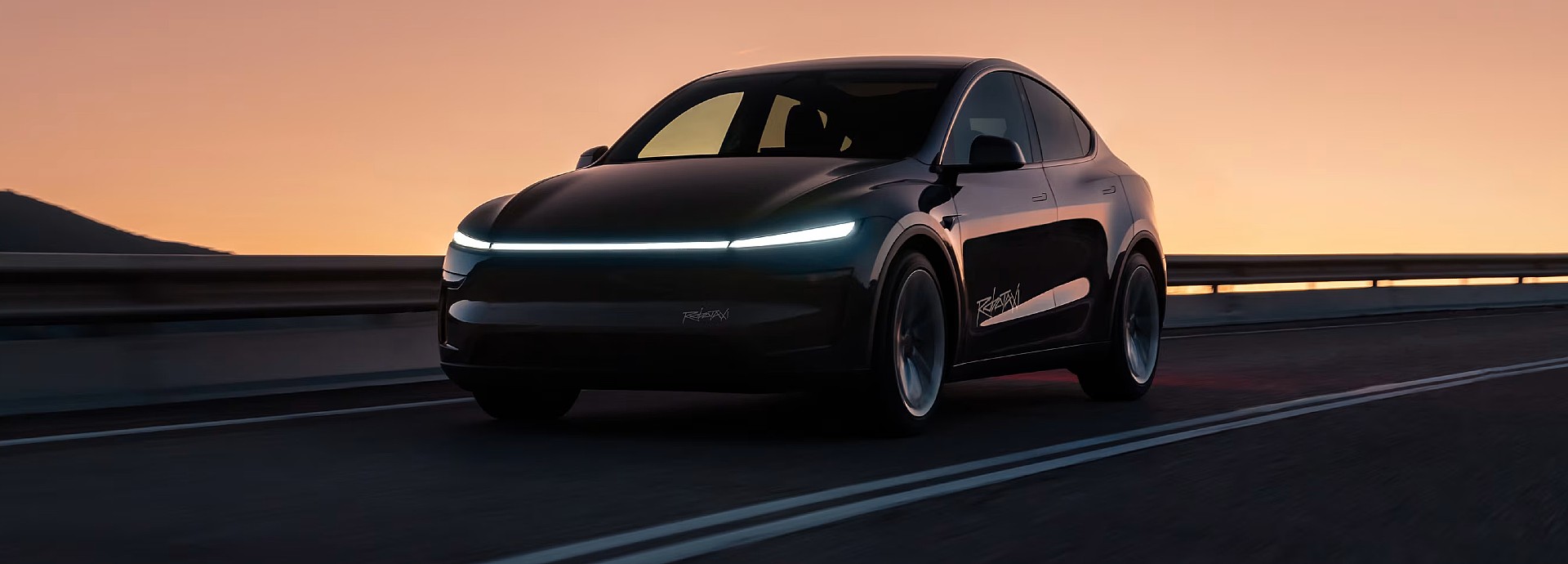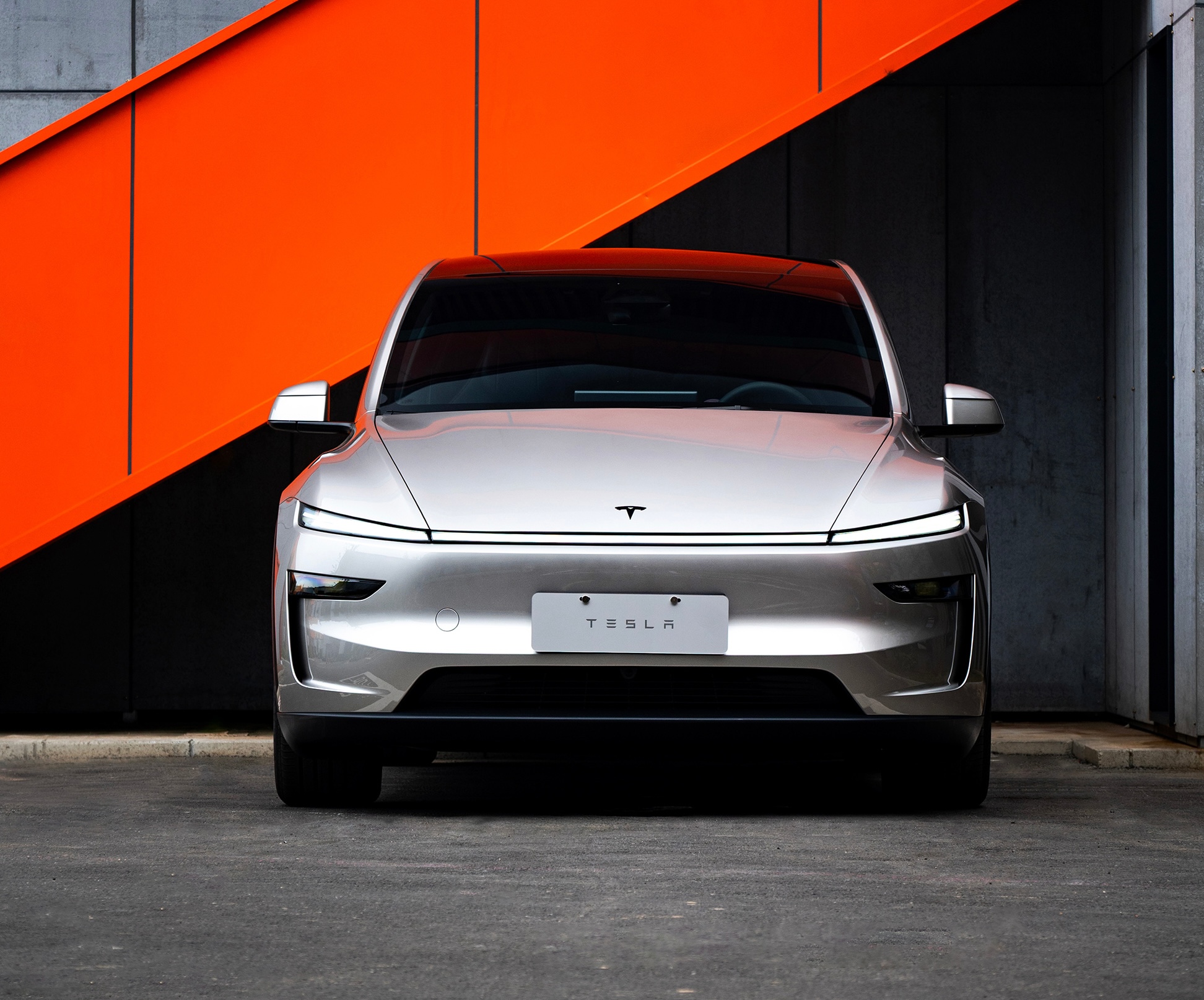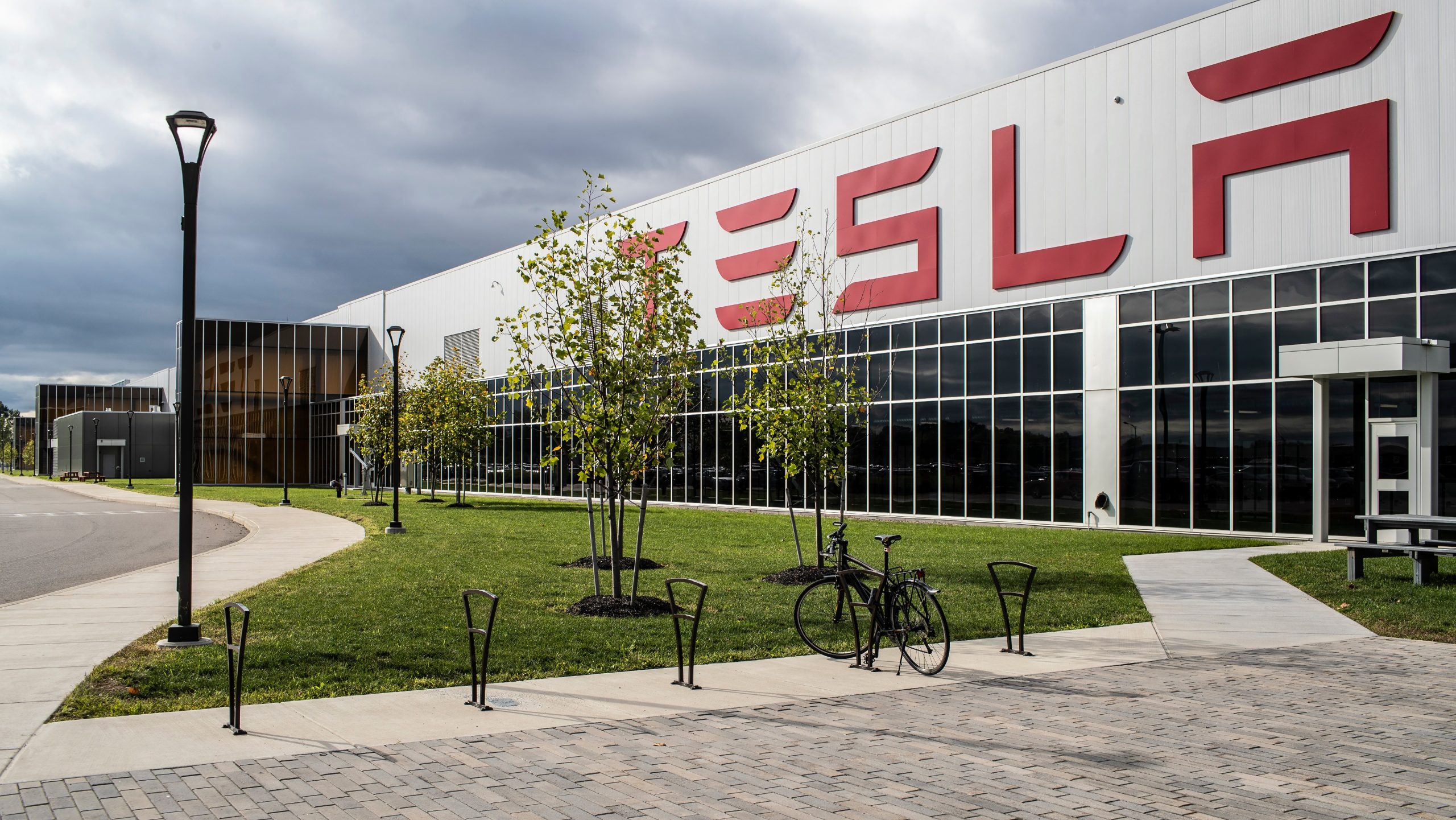It is not rare to see Tesla enthusiasts from India asking CEO Elon Musk about updates on the electric car maker’s entry into the country. This is especially notable considering that some India-based EV enthusiasts have been holding on to their Model 3 deposits for several years now. Musk, for his part, has remarked that it is quite difficult to enter India as an electric car company due to local protectionist policies. But perhaps Tesla’s entry into India does not necessarily have to be driven by its electric cars. Perhaps a more viable strategy is to enter India through Tesla Energy.
Tesla’s entry in India has pretty much been in the air for years. Back in June 2017, Elon Musk noted that Tesla was “In discussions with the government of India requesting temporary relief on import penalties/restrictions until a local factory is built.” Almost a year later, Musk posted an update on Tesla’s impending India push on Twitter, stating that while the company would love to enter the country, there are some “challenging government regulations” that need to be addressed first. The CEO then stated that Tesla will be in India as soon as then CFO Deepak Ahuja, who hails from the country, believes it’s the right time.
References to India’s challenging regulations were echoed by Musk a year later, following the 2019 SpaceX Hyperloop Pod Competition. After the competition, the Avishkar Hyperloop team from IIT Madras asked Musk when Tesla will be in India. Musk reportedly responded that the company may enter the country in about a year’s time. Since then, Musk has been quite silent about Tesla’s India push, until recently, when he apologized to an EV enthusiast from the country who has held a Model 3 reservation for four years now.
Challenging regulations aside, the idea of Tesla establishing a dedicated electric vehicle factory in India may not be the optimal idea for now. As noted by Galileo Russell in a recent livestream on his Hyperchange YouTube channel, vehicle sales in India are dominated largely by two-wheeled or three-wheeled vehicles, thanks in part to the population density of the region. There is an emerging electric vehicle market in the country, but it will likely take years before it matures enough to develop a considerable electric passenger vehicle segment.
Best-selling passenger cars in India tend to be lower-priced and smaller as well, making the market very competitive. This means that Tesla, whose smallest vehicle is a premium midsize sedan in the form of the Model 3, would likely have challenges attracting the conventional Indian car buyer. The story completely changes if Tesla has a smaller, more affordable vehicle in its lineup, of course, but the release of such a car could still be a few years out.
With this in mind, does it mean that it won’t be worth it for Tesla to enter the Indian market? Absolutely not. While India may not be a very attractive market for large premium vehicles, the country is the perfect place to ramp an energy business that’s focused on solar panels and battery storage. Fortunately, Tesla actually has an Energy department that fits this bill, and the company is hard at work in ramping it up. Tesla Energy could then be the perfect entry point in India, on account of the country’s push towards sustainability. India’s power grid is known for its areas of improvement as well, making it a good fit for Tesla’s battery storage solutions.
Provided that Tesla Energy could price its solar panels and battery storage devices competitively, the company could have a good shot at making an impact in the Indian market. Tesla already prices its solar solutions in the United States very aggressively, and with a dedicated facility in India (perhaps a Gigafactory India is in order?), the company could take over a good portion of the country’s residential and commercial market. Such would go hand in hand with Tesla’s next-generation batteries as well, which are expected to be cheaper to produce and far more durable and high powered compared to their predecessors.

Investor's Corner
Tesla gets bold Robotaxi prediction from Wall Street firm
Last week, Andrew Percoco took over Tesla analysis for Morgan Stanley from Adam Jonas, who covered the stock for years. Percoco seems to be less optimistic and bullish on Tesla shares, while still being fair and balanced in his analysis.

Tesla (NASDAQ: TSLA) received a bold Robotaxi prediction from Morgan Stanley, which anticipates a dramatic increase in the size of the company’s autonomous ride-hailing suite in the coming years.
Last week, Andrew Percoco took over Tesla analysis for Morgan Stanley from Adam Jonas, who covered the stock for years. Percoco seems to be less optimistic and bullish on Tesla shares, while still being fair and balanced in his analysis.
Percoco dug into the Robotaxi fleet and its expansion in the coming years in his latest note, released on Tuesday. The firm expects Tesla to increase the Robotaxi fleet size to 1,000 vehicles in 2026. However, that’s small-scale compared to what they expect from Tesla in a decade.
Tesla expands Robotaxi app access once again, this time on a global scale
By 2035, Morgan Stanley believes there will be one million Robotaxis on the road across multiple cities, a major jump and a considerable fleet size. We assume this means the fleet of vehicles Tesla will operate internally, and not including passenger-owned vehicles that could be added through software updates.
He also listed three specific catalysts that investors should pay attention to, as these will represent the company being on track to achieve its Robotaxi dreams:
- Opening Robotaxi to the public without a Safety Monitor. Timing is unclear, but it appears that Tesla is getting closer by the day.
- Improvement in safety metrics without the Safety Monitor. Tesla’s ability to improve its safety metrics as it scales miles driven without the Safety Monitor is imperative as it looks to scale in new states and cities in 2026.
- Cybercab start of production, targeted for April 2026. Tesla’s Cybercab is a purpose-built vehicle (no steering wheel or pedals, only two seats) that is expected to be produced through its state-of-the-art unboxed manufacturing process, offering further cost reductions and thus accelerating adoption over time.
Robotaxi stands to be one of Tesla’s most significant revenue contributors, especially as the company plans to continue expanding its ride-hailing service across the world in the coming years.
Its current deployment strategy is controlled and conservative to avoid any drastic and potentially program-ruining incidents.
So far, the program, which is active in Austin and the California Bay Area, has been widely successful.
News
Tesla Model Y L is gaining momentum in China’s premium segment
This suggests that the addition of the Model Y L to Tesla China’s lineup will not result in a case of cannibalization, but a possible case of “premiumization” instead.

Tesla’s domestic sales in China held steady in November with around 73,000 units delivered, but a closer look at the Model Y L’s numbers hints at an emerging shift towards pricier variants that could very well be boosting average selling prices and margins.
This suggests that the addition of the Model Y L to Tesla China’s lineup will not result in a case of cannibalization, but a possible case of “premiumization” instead.
Tesla China’s November domestic numbers
Data from the a Passenger Car Association (CPCA) indicated that Tesla China saw domestic deliveries of about 73,000 vehicles in November 2025. This number included 34,000 standard Model Y units, 26,000 Model 3 units, and 13,000 Model Y L units, as per industry watchers.
This means that the Model Y L accounted for roughly 27% of Tesla China’s total Model Y sales, despite the variant carrying a ~28% premium over the base RWD Model Y that is estimated to have dominated last year’s mix.
As per industry watcher @TSLAFanMtl, this suggests that Tesla China’s sales have moved towards more premium variants this year. Thus, direct year-over-year sales comparisons might miss the bigger picture. This is true even for the regular Model Y, as another premium trim, the Long Range RWD variant, was also added to the lineup this 2025.
November 2025 momentum
While Tesla China’s overall sales this year have seen challenges, the Model Y and Model 3 have remained strong sellers in the country. This is especially impressive as the Model Y and Model 3 are premium-priced vehicles, and they compete in the world’s most competitive electric vehicle market. Tesla China is also yet to roll out the latest capabilities of FSD in China, which means that its vehicles in the country could not tap into their latest capabilities yet.
Aggregated results from November suggest that the Tesla Model Y took the crown as China’s #1 best-selling SUV during the month, with roughly 34,000 deliveries. With the Model Y L, this number is even higher. The Tesla Model 3 also had a stellar month, seeing 25,700 deliveries during November 2025.
Cybertruck
Tesla Cybertruck earns IIHS Top Safety Pick+ award
To commemorate the accolade, the official Cybertruck account celebrated the milestone on X.

The Tesla Cybertruck has achieved the Insurance Institute for Highway Safety’s (IIHS) highest honor, earning a Top Safety Pick+ rating for 2025 models built after April 2025.
The full-size electric pickup truck’s safety rating is partly due to the vehicle’s strong performance in updated crash tests, superior front crash prevention, and effective headlights, among other factors. To commemorate the accolade, the official Cybertruck account celebrated the milestone on X.
Cybertruck’s IIHS rating
As per the IIHS, beginning with 2025 Cybertruck models built after April 2025, changes were made to the front underbody structure and footwell to improve occupant safety in driver-side and passenger-side small overlap front crashes. The moderate overlap front test earned a good rating, and the updated side impact test also received stellar marks.
The Cybertruck’s front crash prevention earned a good rating in pedestrian scenarios, with the standard Collision Avoidance Assist avoiding collisions in day and night tests across child, adult crossing, and parallel paths. Headlights with high-beam assist compensated for limitations, contributing to the top award.
Safest and most autonomous pickup
The Cybertruck is one of only two full-size pickups to receive the IIHS’ Top Safety Pick + rating. It is also the only one equipped with advanced self-driving features via Tesla’s Full Self-Driving (Supervised) system. Thanks to FSD, the Cybertruck can navigate inner city streets and highways on its own with minimal supervision, adding a layer of safety beyond passive crash protection.
Community reactions poured in, with users praising the vehicle’s safety rating amidst skepticism from critics. Tesla itself highlighted this by starting its X post with a short clip of a Cybertruck critic who predicted that the vehicle will likely not pass safety tests. The only question now is, of course, if the vehicle’s Top Safety Pick+ rating from the IIHS will help the Cybertruck improve its sales.










